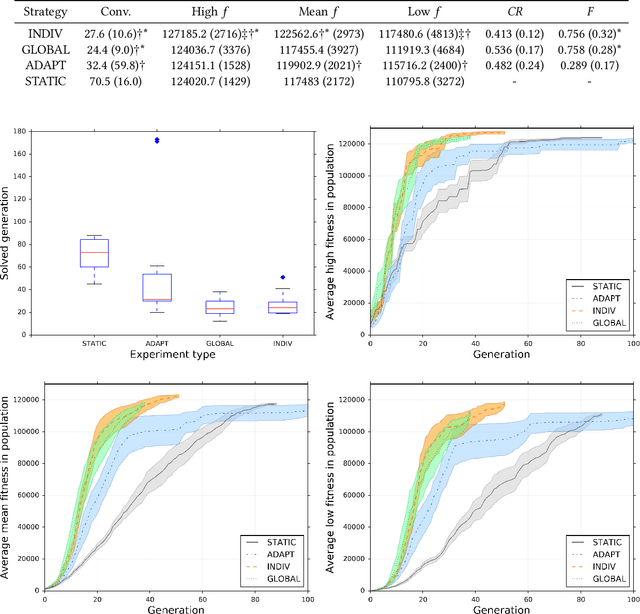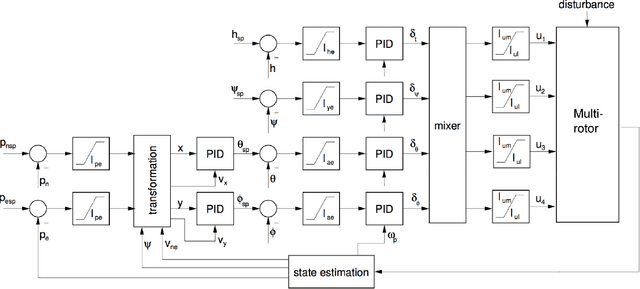On Self-Adaptive Mutation Restarts for Evolutionary Robotics with Real Rotorcraft
Paper and Code
Apr 03, 2017



Self-adaptive parameters are increasingly used in the field of Evolutionary Robotics, as they allow key evolutionary rates to vary autonomously in a context-sensitive manner throughout the optimisation process. A significant limitation to self-adaptive mutation is that rates can be set unfavourably, which hinders convergence. Rate restarts are typically employed to remedy this, but thus far have only been applied in Evolutionary Robotics for mutation-only algorithms. This paper focuses on the level at which evolutionary rate restarts are applied in population-based algorithms with more than 1 evolutionary operator. After testing on a real hexacopter hovering task, we conclude that individual-level restarting results in higher fitness solutions without fitness stagnation, and population restarts provide a more stable rate evolution. Without restarts, experiments can become stuck in suboptimal controller/rate combinations which can be difficult to escape from.
 Add to Chrome
Add to Chrome Add to Firefox
Add to Firefox Add to Edge
Add to Edge